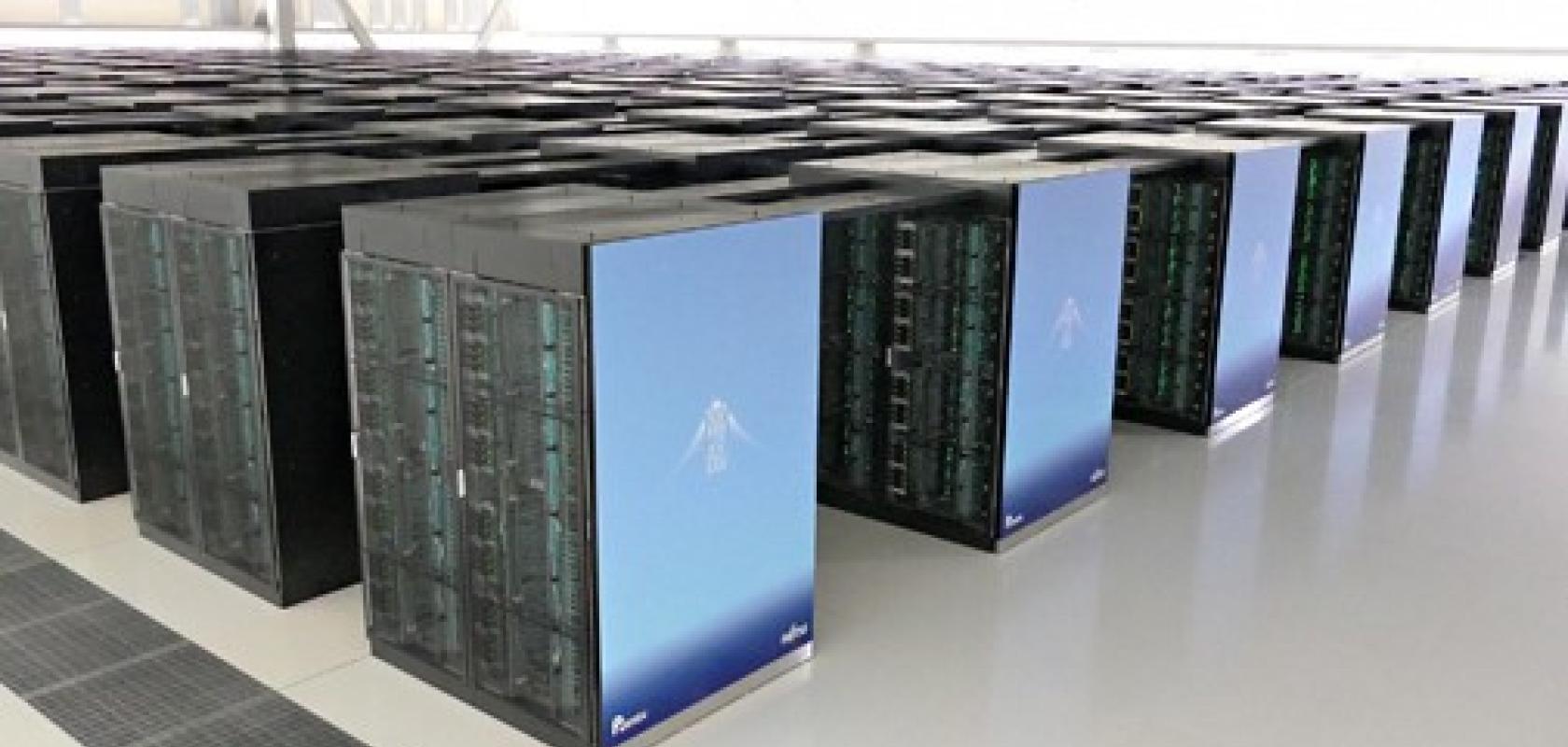The 56th edition of the TOP500 saw the Japanese Fugaku supercomputer solidify its number one status.
Fugaku’s Arm A64FX core count has increased by around 300,000 since the previous list with the system providing a new world record of 442 petaflops result on HPL benchmark.This system contributes more than 18 per cent of the total system performance of the entire Top500 systems.
Although two new systems managed to make it into the top 10, the full list recorded the smallest number of new entries since the project began in 1993.
There were, however, a few notable developments in the top 10, including two new systems, as well as a new highwater mark set by the top-ranked Fugaku supercomputer. Thanks to additional hardware, Fugaku grew its HPL performance to 442 petaflops, a modest increase from the 416 petaflops the system achieved when it debuted in June 2020.
More significantly, Fugaku increased its performance on the new mixed-precision HPC-AI benchmark to 2.0 exaflops, besting its 1.4 exaflops mark recorded six months ago. This represents the first benchmark measurements above one exaflop for any precision on any type of hardware.
The entry-level to the list moved up to 1.32 petaflops on the High Performance Linpack (HPL) benchmark, a small increase from 1.23 petaflops recorded in the June 2020 rankings. In a similar vein, the aggregate performance of all 500 systems grew from 2.22 exaflops in June to just 2.43 exaflops on the latest list. Likewise, average concurrency per system barely increased at all, growing from 145,363 cores six months ago to 145,465 cores in the current list.
Green500 results
The most energy-efficient system on the Green500 is the new NVIDIA DGX SuperPOD in the US. It achieved 26.2 gigaflops/watt power-efficiency during its 2.4 HPL performance run and is listed at position 172 in the TOP500.
Next on the list is the previous Green500 champ, MN-3. Although it improved its score from 21.1 to 26.0 gigaflops/watt, it slips into the number two position. The system uses the MN-Core chip, an accelerator optimised for matrix arithmetic.
With the exception of the MN-3 system, the remaining top five Green500 systems are using the new NVIDIA A100 GPU as an accelerator. All four of these systems use AMD EPYC as their main CPU.
Of the top 40 systems on the Green500, 37 leverage accelerators, 2 use A64FX vector-processors, and one (TaihuLight) a Sunway many-core processor.
Extrapolating the power efficiency value of 26.2 gigaflops/watt of the NVIDIA DGX SuperPOD out linearly to an exaflop would result in a power consumption of 38 MW - ignoring any additional hardware that might be needed.
HPCG Results
The TOP500 list has incorporated the High-Performance Conjugate Gradient (HPCG) Benchmark results, which provides an alternative metric for assessing supercomputer performance and is meant to complement the HPL measurement.
The list-leading Fugaku expanded its HPCG result with a record 16.0 HPCG-petaflops. The two US Department of Energy systems, Summit at ORNL and Sierra at LLNL, are second and third, respectively, on the HPCG benchmark. Summit achieved 2.93 HPCG-petaflops and Sierra 1.80 HPCG-petaflops. The only other systems to break the petaflops barrier on HPCG are the upgraded Selene system at 1.62 petaflops and the new JUWELS Booster Module at 1.28 petaflops.
HPL-AI Results
The HPL-AI benchmark seeks to highlight the convergence of HPC and artificial intelligence (AI) workloads based on machine learning and deep learning by solving a system of linear equations using novel, mixed-precision algorithms that exploit modern hardware.
The top-ranked system for this benchmark is RIKEN’s Fugaku system, which achieved 2.0 exaflops of mixed precision computation. At number two is ORNL’s Summit supercomputer, which achieved 0.55 exaflops, followed by NVIDIA’s Selene which turned in an HPL-AI result of 0.25 exaflops.
The TOP500 list is compiled by Erich Strohmaier and Horst Simon of Lawrence Berkeley National Laboratory; Jack Dongarra of the University of Tennessee, Knoxville; and Martin Meuer of ISC Group, Germany.


